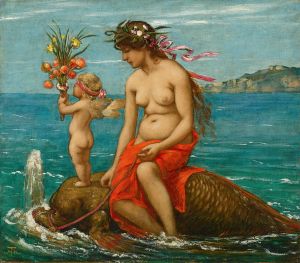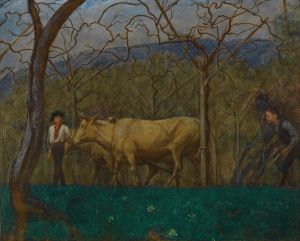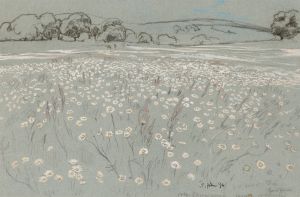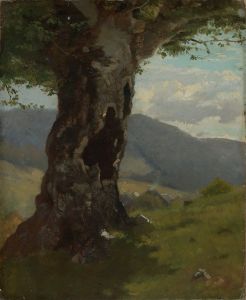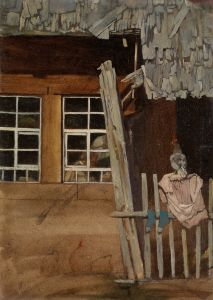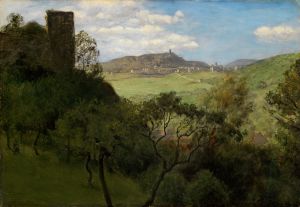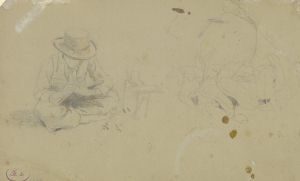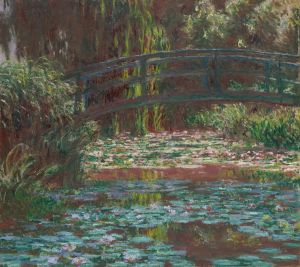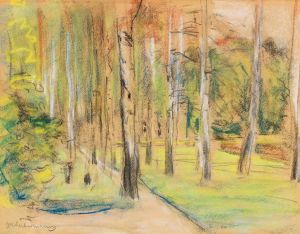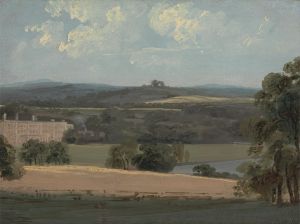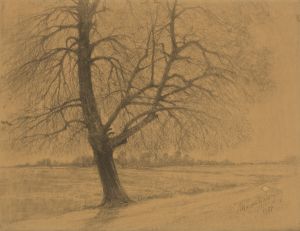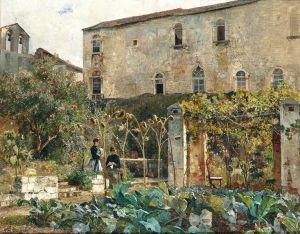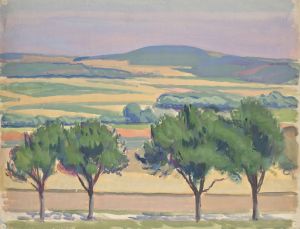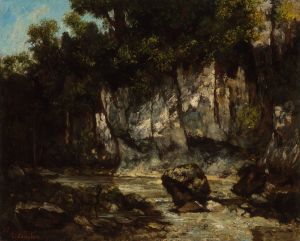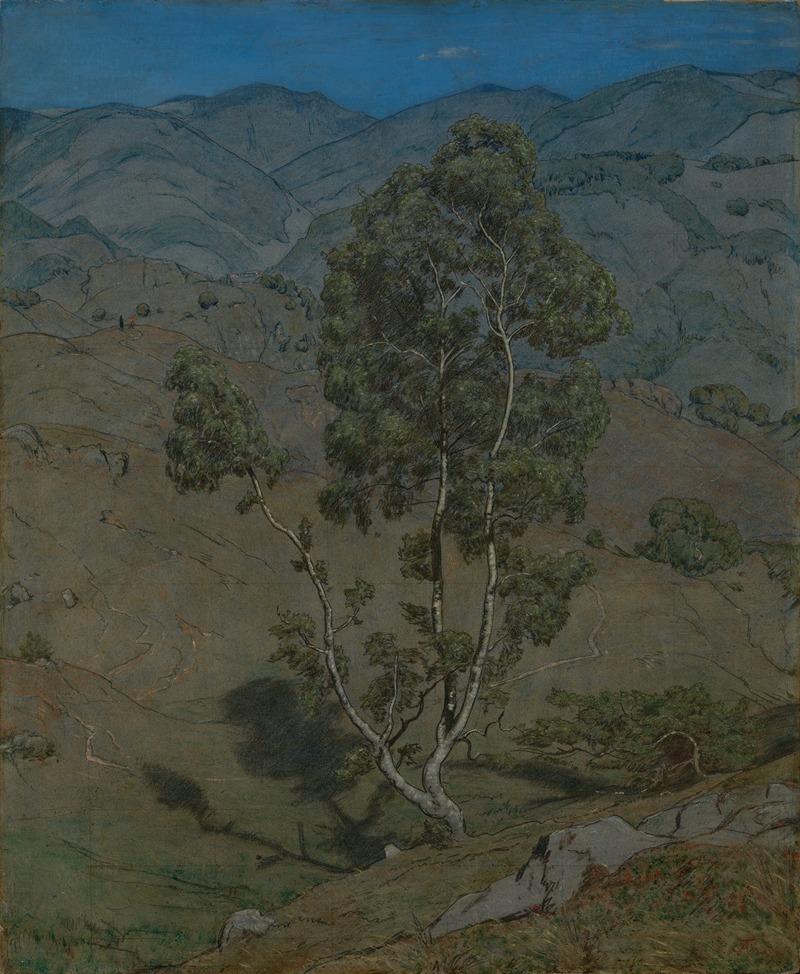
Die Birke
A hand-painted replica of Hans Thoma’s masterpiece Die Birke, meticulously crafted by professional artists to capture the true essence of the original. Each piece is created with museum-quality canvas and rare mineral pigments, carefully painted by experienced artists with delicate brushstrokes and rich, layered colors to perfectly recreate the texture of the original artwork. Unlike machine-printed reproductions, this hand-painted version brings the painting to life, infused with the artist’s emotions and skill in every stroke. Whether for personal collection or home decoration, it instantly elevates the artistic atmosphere of any space.
Hans Thoma was a German painter born on October 2, 1839, in Bernau in the Black Forest. He is known for his landscapes, portraits, and genre paintings, often reflecting the natural beauty of his native region. Thoma's work is characterized by its detailed realism and often idyllic portrayal of nature, drawing inspiration from both the Romantic and Realist movements.
"Die Birke" (The Birch) is one of Thoma's notable works, although specific details about this painting are not extensively documented in art historical records. Thoma's oeuvre often includes depictions of the natural world, and birch trees, with their distinctive white bark and delicate leaves, are a subject that fits well within his thematic interests. His paintings frequently capture the serene and harmonious aspects of nature, which may suggest that "Die Birke" similarly portrays a peaceful and detailed study of birch trees.
Thoma's artistic career began with his studies at the Karlsruhe Academy of Fine Arts, where he was influenced by the works of the Old Masters as well as contemporary artists. He later moved to Munich and then to Paris, where he encountered the works of Gustave Courbet and the Barbizon School, which further influenced his style. Thoma's work is often noted for its clarity, precision, and the way it captures the essence of the German landscape.
Throughout his career, Thoma received various accolades and held several prestigious positions. In 1899, he became the director of the Kunsthalle Karlsruhe, a position that allowed him to influence the art scene in Germany significantly. His work gained considerable recognition during his lifetime, and he was celebrated for his ability to blend traditional techniques with a modern sensibility.
Thoma's paintings, including "Die Birke," are appreciated for their technical skill and the way they convey a deep appreciation for nature. His work often reflects a sense of nostalgia and a longing for the simplicity and purity of the natural world. This aligns with the broader cultural movements of the time, which saw a renewed interest in nature and the pastoral as a counterpoint to the rapid industrialization and urbanization of the late 19th century.
While specific exhibitions or collections featuring "Die Birke" are not well-documented, Thoma's works are held in various museums and galleries, particularly in Germany. The Kunsthalle Karlsruhe, where Thoma served as director, houses a significant collection of his works, providing insight into his artistic legacy.
In summary, Hans Thoma's "Die Birke" exemplifies his skill in capturing the beauty of nature with precision and emotional depth. Although detailed information about this specific painting is limited, it remains a part of Thoma's broader body of work that continues to be celebrated for its contribution to German art and its reflection of the natural world.





